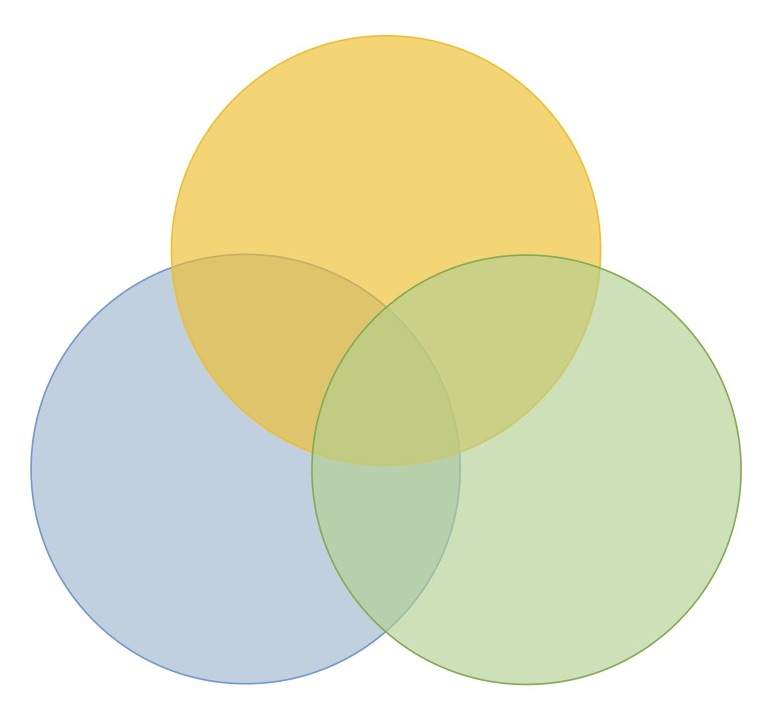Creating RFM Scores
 It’s one of the most important and fundamental principles of annual giving: last year’s donors are the most likely prospects to give this year. That’s why maintaining a strong donor retention rate is so critical and should be a focus area of any annual giving program. And while it can be appealing to base your strategies on these prior-year donors, lapsed donors also have a strong likelihood of renewing their support—with the right approach.
It’s one of the most important and fundamental principles of annual giving: last year’s donors are the most likely prospects to give this year. That’s why maintaining a strong donor retention rate is so critical and should be a focus area of any annual giving program. And while it can be appealing to base your strategies on these prior-year donors, lapsed donors also have a strong likelihood of renewing their support—with the right approach.
One way to evaluate your past donor population is to employ a marketing technique called an RFM score, which stands for Recency, Frequency, and Monetary value. RFM analysis assesses how recently a donor made a gift, the frequency of their giving over a period of time, and the amount of money they have given in that period. Each variable can be an indicator of a donor’s propensity to give in the future.
For example, a donor whose last gift was two years ago is more likely to give than one who most recently gave five years ago. A donor who gave four out of the past five years is more likely to give than one who gave two out of the past five years. And a donor who gave $500 in the past is more likely to give again than one who gave $100. Applying this kind of analysis to your alumni provides additional perspective on donor tendencies for segmentation purposes.
The Westminster Schools in Atlanta recently used this approach to refresh their segmentation strategy and help refocus their volunteers. While the school saw a higher than average donor retention rate year after year, the annual giving team felt that their appeal strategies and volunteers were too heavily focused on LYBUNTs (i.e., prior-year donors). They wanted a tool that would help add insight to alumni propensity beyond just last year’s gift and the most recent gift amount, with the goal of converting more of their lapsed donors.
To tackle this, they conducted a simple RFM analysis and created a score for all of their past donors. This score was based on donor giving frequency and total giving amount for alumni who had made at least one gift during the past five years. The frequency score was a letter: A if the alum had given in each of the past five years, B if they gave four out of the five years, etc. The generosity score was a number based on the alum’s total giving during the five year period: 1 if the alum had given $25,000 or more over five years, 2 if the alum gave between $10,000 and $24,999, etc. Put into practice, an alum who had made a single $100 gift in five years would be rated an E5, while an alum who had given a total of $20,000 in four out of five years would be rated a B2. They then incorporated these ratings when reviewing a list of prior-year donors, noting that an A or B donor has a stronger likelihood of continued giving compared to a D or E, even if they all made a recent gift.
The scoring system makes it easier for Westminster to identify and focus attention on the consistent donors. They can focus leadership appeals on alumni with a 1, 2, or 3 rating as opposed to just using their most recent gift amounts. Beyond appeal segmentation, the scores can also be used to develop lists for peer-to-peer solicitations by volunteers.
A simple data review in the form of an RFM analysis can give you perspective beyond the LYBUNT list and allows you to create a rating that assesses giving behavior, prioritizes segments, and allocates valuable resources. While focusing on last year’s donors should always be a priority, an RFM score provides insights into behavior that can drive more complex segmentation and successful outreach strategies for your annual fund.
AGN Members receive unlimited access to our resources, discounts, and other benefits. Click here to learn more.
Want to stay up-to-date on best practices in annual giving? Click here to follow AGN's Page on Linkedin!
